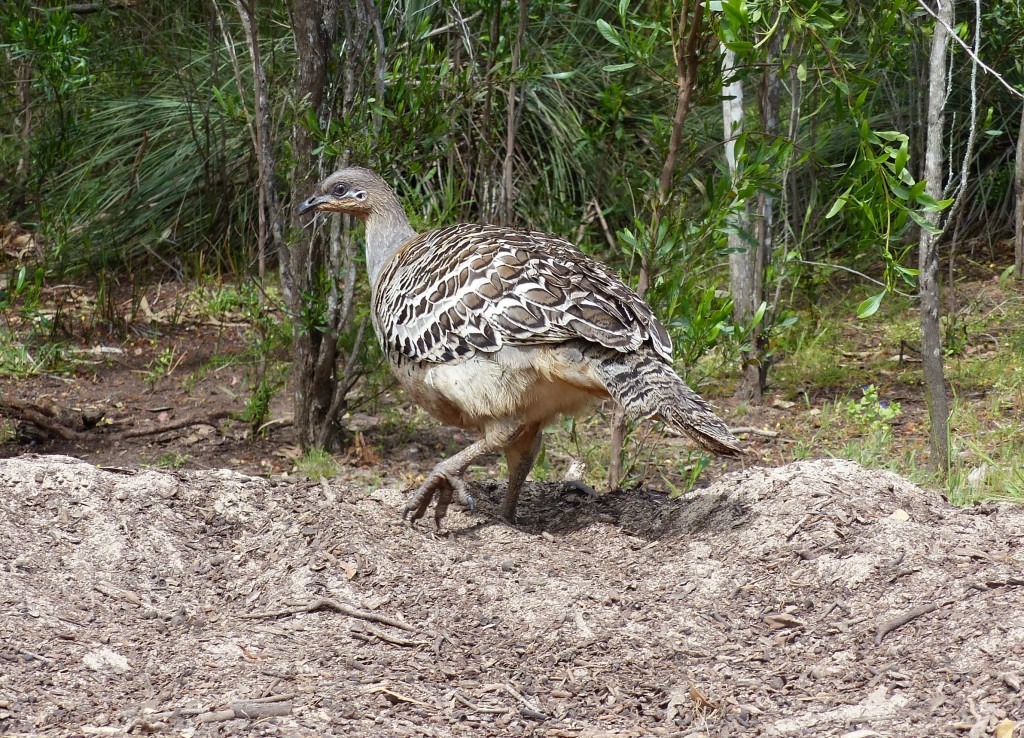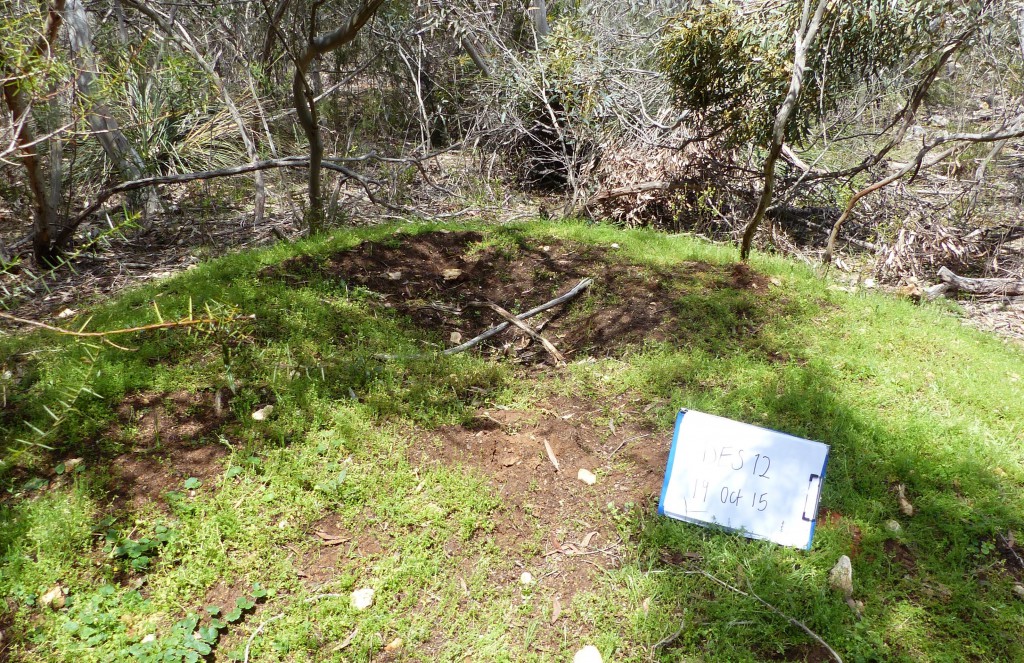Big Malleefowl news from Desert Camp!
Prepared by Samantha Rothe (31st July 2017)
After some discussion on the lack of mound activity/observations of Malleefowl in Desert Camp Conservation Reserve in recent years, it was considered necessary to seek some one-on-one discussions with landholders to establish the extent of this bird’s decline, so in late November 2016 the task of contacting landholders surrounding Desert Camp began.
From these local sources, it appears that the last known sighting of Malleefowl was in early 2016, on the eastern boundary of the conservation reserve in open pasture mixed with pockets of scrub. Malleefowl have been seen over the last 12 or so years in this area according to landholders, and seen as far east as Rewa Hill (10km E of Desert Camp). Of some interest is also a pair of Malleefowl which were observed in 1983, in scrub adjacent Desert Camp’s northern boundary where there are no known mounds. So, although it was encouraging to hear there had been a sighting within the last 12 months, things were looking a bit ‘doom & gloom’, considering old accounts of Malleefowl being observed often in the area from those who used to horse ride through this scrub.

Our iconic Malleefowl working a mound (Mt Scott CP, 2016)
So, you could imagine my surprise and excitement when I got a call, in early June to inform me of a sighting of Malleefowl in Desert Camp Conservation Reserve! After some initial phone calls/messaging it was established that this bird had been seen a couple of times in the same general area over the last few weeks, so out I ventured.
On arriving at this newly shared location, I wondered what I might or might not see. For several hours, I wandered up and down the track and into the unburnt scrub. I stumbled across an old known mound which I’d visited before and then not long after decided to head back to the car. I was spooked by some large beasts running through the burnt scrub, and got a flash of several deer heading to higher ground. It was not long after this that I heard this unusual noise, like a clucking, that stopped me in my tracks. I was very close to the edge of the track about to walk out into the open and then, about 10 metres in front of me coming out of the same scrub was a handsome/beautiful, healthy looking Malleefowl about to walk out onto the track as well! I attempted to lift my camera slowly from around my neck but I was seen by this elusive bird which then proceeded to turn discreetly back into the scrub. It continued clucking and at one stage I thought there might have been two birds, the sound seemed to travel, but am sure it was only one bird. I had to squat down to watch this Malleefowl wander around amongst the scrub for as long as it was visible, which may have been 30-45 seconds and then the calling stopped and the bird disappeared completely. I didn’t attempt to follow it because it had been calling, I didn’t want to interrupt it any further.
The call I would describe as almost a woodduck-like call sort of like a short, quiet but distinctive/noticeable honk, not really a cluck. It called maybe 5-7 times. The bird had beautiful, typical colouring and patterning, the breast rufous.
It was 1040hrs on 18th June 2017 when I had the privilege of observing this bird on a clear, warm morning with a very gentle breeze, wandering out of unburnt reasonably open low scrub, (i.e. mallee with sparse hill gum over top, with occasional Acacia paradoxa), onto the centre track in Desert Camp Conservation Reserve. Made my day – thank-you to those who gave up their time to share their local knowledge and sightings of this amazing bird.

Location and habitat of where the Malleefowl was seen recently at Desert Camp Conservation Reserve (photo: Sam Rothe)
I have revisited this location only once since my first sighting with nothing more to report, but am hoping that this bird has found a mate in the scrub at Desert Camp and is giving serious consideration to making it home.
Anyone interested in being involved in monitoring mounds should get in touch with either NGT or Natural Resources South East. Keep an ear out for a regional mound monitoring workshop planned for September.
This project is supported by Natural Resources South East and the Australian Government.

